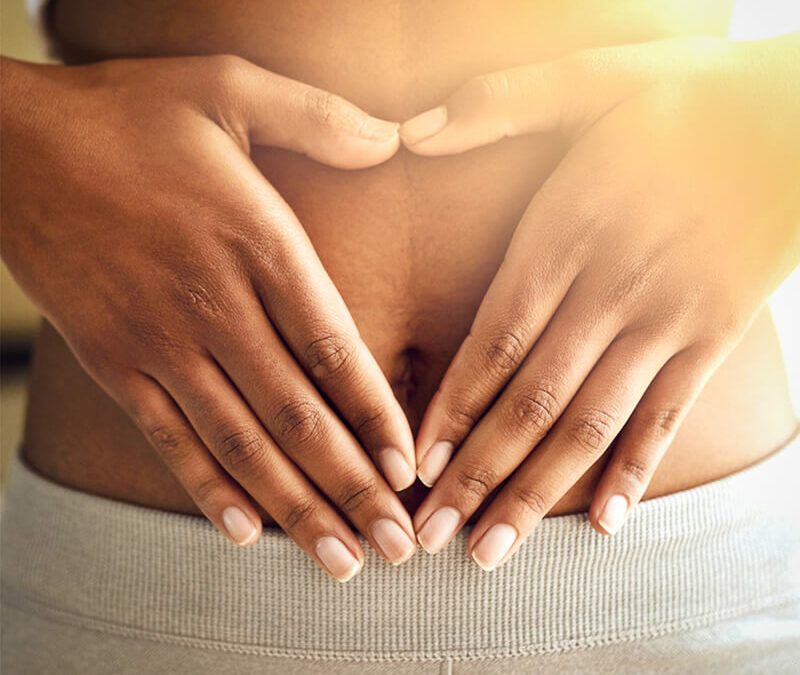What Happens After Ovulation, and Why Is It So Crucial for Conception?
When it comes to fertility, ovulation often gets all the attention. And sure, it is a big deal — but what happens after that monthly egg drop is just as important (if not more so!) when it comes to getting and staying pregnant.
Welcome to your luteal phase: the second half of your cycle, and a make-or-break moment for conception.
Let’s break it down.
What Is the Luteal Phase?
The luteal phase kicks off right after ovulation — usually around day 14 in a textbook 28-day cycle — and lasts until your next period starts.
Once the egg is released, the follicle it came from transforms into the corpus luteum, a temporary endocrine structure that produces progesterone (aka the queen of the second half of the cycle). That rush of progesterone is what thickens your uterine lining and makes it cozy and sticky enough for a fertilized embryo to implant.
Why the Luteal Phase Matters for Conception
The luteal phase is basically the “can we stick the landing?” portion of the fertility process.
Here’s what it needs to do:
-
Keep progesterone levels high enough to support implantation
-
Maintain a stable environment in the uterus
-
Prevent early shedding of the uterine lining (aka an early or shortened period)
-
Communicate with the body to hold off on menstruation if conception has occurred
If any of that gets disrupted — like with low progesterone, inflammation, stress, or poor corpus luteum function — it can make conception harder or lead to early miscarriage.
The Ideal Luteal Phase Length
A healthy luteal phase is usually between 12 and 14 days. Less than 10 days? That could be a luteal phase defect, which can mean your body isn’t producing enough progesterone or maintaining it long enough to support a pregnancy.
Symptoms to look for:
-
Spotting before your period
-
Short cycles (<26 days)
-
PMS from hell (mood swings, bloating, breast tenderness)
-
Difficulty conceiving or recurrent early losses
How We Support a Healthy Luteal Phase
At Natural Harmony, we see a lot of folks struggling with cycle health — and the luteal phase is one of our favorite places to zoom in.
Here’s how we help:
-
Acupuncture to support blood flow, hormone regulation, and stress reduction (all luteal boosters)
-
Functional testing (like DUTCH or salivary cortisol) to assess progesterone and adrenal status
-
Nutrition + supplement support (think B6, magnesium, the right herbs, omega-3s)
-
Lifestyle tweaks to support nervous system regulation (hello, sleep and boundaries)
Sometimes, it’s also about collaborating with your fertility doctor to evaluate progesterone support options or rule out thyroid and endometrial factors.
❤️ Bottom Line
Ovulation might set the stage — but the luteal phase determines whether the show actually goes on. If your second half feels shaky, unpredictable, or just off, it’s worth digging deeper.
Whether you’re trying to conceive or just want to feel more balanced in your cycle, this phase matters — and it’s one we love helping you get right.
Want to explore your luteal phase more closely?
We’d be honored to help you decode it — and optimize it.
Book a visit to get started.


